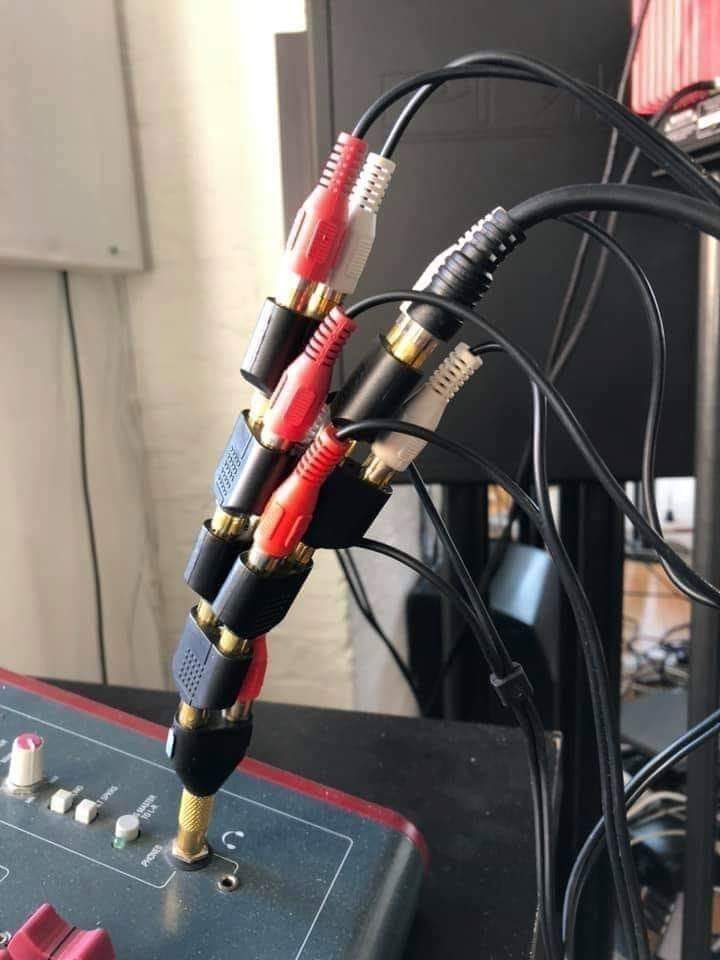this post was submitted on 18 Apr 2024
351 points (98.9% liked)
Music
8574 readers
52 users here now
founded 2 years ago
MODERATORS
you are viewing a single comment's thread
view the rest of the comments
view the rest of the comments

Depending on the impedance of the headphones it could damage the device. Modern devices are generally more tolerant than old ones in that regard
In a solid state device, the lower the resistance the higher the power given a constant voltage (yes, there are voltage switching circuits based on resistance but I'm just doing the basics here) because P=V^2 /R. When you put resistance in parallel like this it lowers that bottom number.
So you could have far more power going through a circuit than it is rated for. Best case scenario you pop a fuse. Worst case there's a fire.
Relevant but boring story (I'm old, this is what I do): Back when I was cutting my teeth on electronics but before I had any formal education in it, I had a shitty little guitar practice amp. I didn't look at the impedance rating and replaced it with a pair of car speakers in a cabinet (I was just trying things! I was a kid!). Played through it for a few minutes and it was fine. Cranked it up and something inside popped.
Turns out it was expecting 16 ohms. The speakers I replaced it with were 2 speakers at 4 ohms in parallel, so 2 ohms total. Luckily I just removed the chassis and replaced the fuse. I learned a lot that day.
Edit: I have no idea how to fix my formula formatting. So I just added a space. Imagine there's no space, I guess.